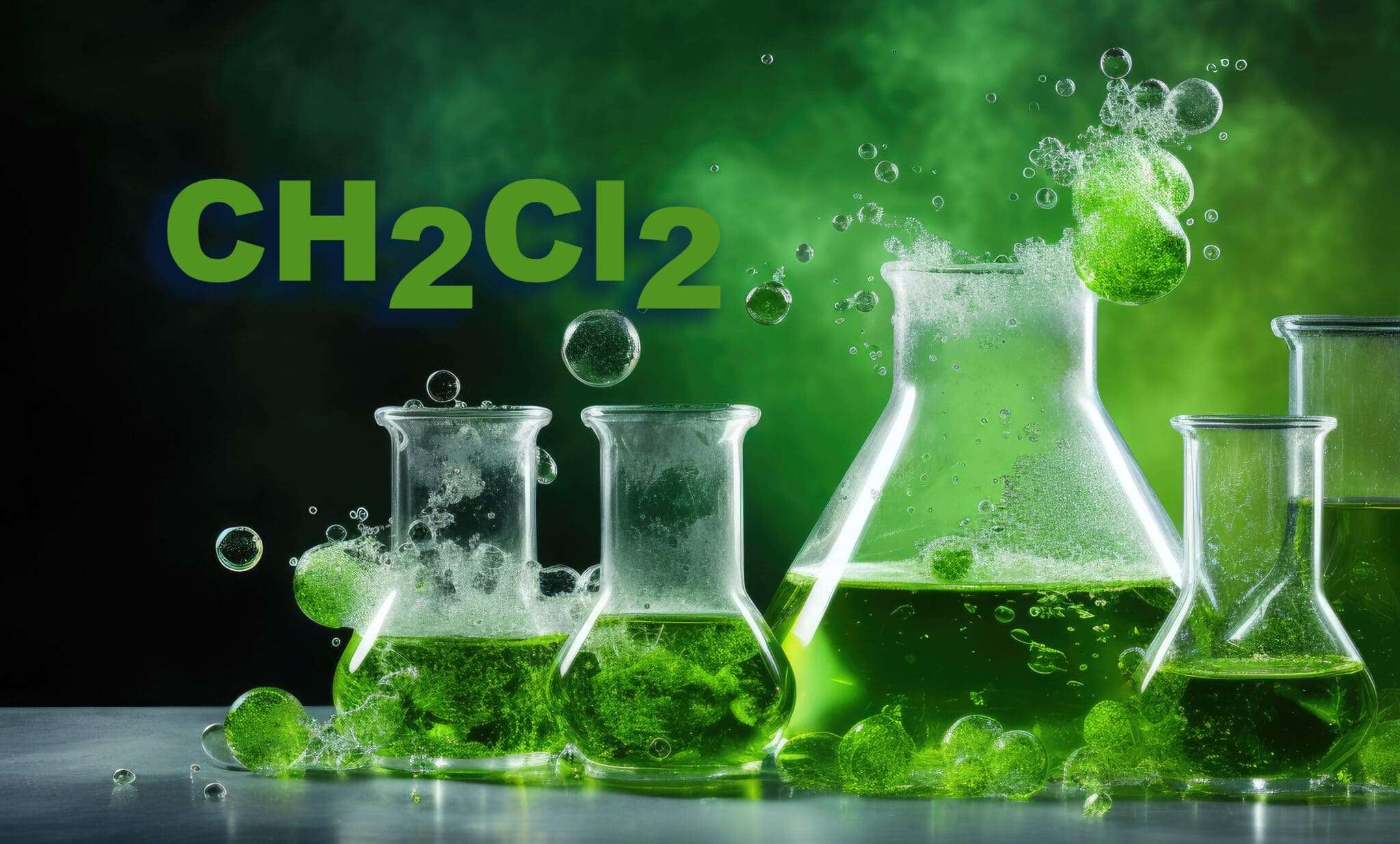U.S. Environmental Protection Agency (EPA) issued a final rule on May 8, 2024, to address unreasonable risks of injury to health caused by methylene chloride under its conditions of use (COU) in accordance with TSCA Section 6(a). The final rule further restricts the manufacture (including import), processing, distribution in commerce, commercial use, and disposal of methylene chloride. The rule also applies to methylene chloride that is manufactured, processed, or distributed in commerce solely for export from the United States pursuant to TSCA Section 12(a)(2).
According to the EPA, the final rule will prevent serious illness and death of consumers and workers due to uncontrolled exposure to methylene chloride. Consumer access is prevented, and restrictions are placed on the industrial and commercial use of methylene chloride while allowing a reasonable transition period for compliance. For critical or essential uses of methylene chloride, for which a technically or economically feasible safer alternative is not available, a time-limited exemption is provided by the final rule. The final rule will be effective July 8, 2024.
 Uses of methylene chloride permitted under the final rule for manufacture, processing, and distribution in commerce for export are subject to the requirements of a workplace chemical protection program (WCPP). The WCPP mandates compliance with inhalation exposure thresholds, includes monitoring and recordkeeping requirements and may include other measures, such as dermal protection, to eliminate exposure and prevent unreasonable risk.
Uses of methylene chloride permitted under the final rule for manufacture, processing, and distribution in commerce for export are subject to the requirements of a workplace chemical protection program (WCPP). The WCPP mandates compliance with inhalation exposure thresholds, includes monitoring and recordkeeping requirements and may include other measures, such as dermal protection, to eliminate exposure and prevent unreasonable risk.
For additional information regarding the adverse effects of methylene chloride exposure, please use the following link to access TotalSDS Blog, “Hazard Communication & Methylene Chloride” Nov 17, 2020.
Changes & Impact on Safety Data Sheets (SDSs)
The EPA’s final rule on methylene chloride significantly impacts Safety Data Sheets (SDSs) for products that include this chemical. The rule restricts most uses of methylene chloride due to its health risks, including prohibitions on its manufacture, processing, distribution, and commercial use. This also applies to methylene chloride intended for export.
To provide adequate time to update the SDS and ensure that all products in the supply chain include the revised SDS, EPA’s final rule requires manufacturers revise their SDSs within 150 days of publication and processors and distributors revise their SDSs within 210 days of publication of the final rule.
For SDSs, the rule mandates the inclusion of updated information reflecting these restrictions and the associated workplace chemical protection program (WCPP) requirements. The WCPP includes compliance with inhalation exposure thresholds, monitoring, record keeping, and potentially additional protective measures like dermal protection to eliminate exposure risks.
To provide adequate time to update the SDS and ensure that all products in the supply chain include the revised SDS, EPA’s final rule requires manufacturers revise their SDSs within 150 days of publication and processors and distributors revise their SDSs within 210 days of publication of the final rule.
Manufacturers, processors, and distributors are required to notify downstream users about these prohibitions on the SDS and maintain records of such notifications. This ensures that all stakeholders are aware of the updated handling, usage, and safety requirements to mitigate unreasonable risks to health.
For more details, you can access the full text of the rule on the Federal Register.


